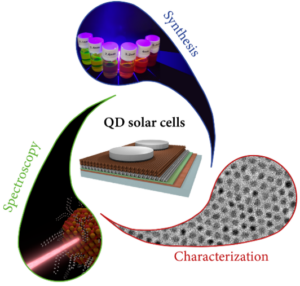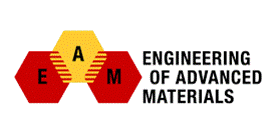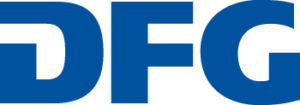Overview

The field of nanoscience, especially for energy applications, is multidisciplinary. As such, my work with nanowires, graphene, nano-coatings, and QDs (both to remain confined and sintered together) has merged the fields of physics, chemistry, and engineering in unique ways. This interplay allows for a deeper understanding of the unique nanoscale properties that enable better energy utilization with solar cells and photoelectrochemical cells.
Though the focus is on devices, we use a holistic approach to tackle the most pertinent challenges of solar energy harvesting with a combination of synthesis, characterization, and spectroscopy. We currently focus on QD synthesis and optoelectronic properties of semiconductors in coordination with the group of Prof. Bachmann’s Chair Chemistry of Thin Film Materials. Furthermore, we design and fabricate polystyrene spheres with embedded QDs for optical labels in collaboration with Prof. Ralph Palmisano with the Optical Imaging Center of Erlangen (OICE) and Prof. Joachim von Zanthier and Mr. Zyad Shehata of the FAU Physics Dept.
Work is ongoing to develop advanced photoelectrodes and new materials for light harvesting. Using the principles of atomic layer deposition in a new solution-based methodology that we call QD-LD, we fabricate and deposit various QD materials (PbS, CuInS2, CZTS, BaTiS3, BaTiO3, BaZrS3, ZnSe, ZnO, TiO2) and investigate their photoelectrochemical response and solar cell performance with particular interest on advanced photophysics of carrier multiplication, hot electron transfer, and multi-electron effects funded by a joint grant with the DFG and the Polish National Science Center (NCN) (details here — OPUS LAP contest, panel ST5, rank 18) in collaboration with Prof. Katarzyna Siuzdak.
I have further developed active collaborations with Profs. Guldi and Mandel where I lead my student workers (HiWis) and thesis students on understanding charge transfer properties of CuInS2 QDs and metal oxide nanoparticles using transient absorption spectroscopy and spectroelectrochemistry.
Funding for these works is provided by:
Dr. Hertha und Helmut Schmauser-Stiftung
Emerging Talents Initiative (ETI)
Excellence cluster ‘Engineering of Advanced Materials’ (EAM) Starting Grant
DFG in collaboration with Prof. Katarzyna Siuzdak and the NCN (details here — OPUS LAP contest, panel ST5, rank 18)



